The Rajasthan Cities Project
About
Analysis
Strategic Plan
Resources
Documents
Executive Summary
Download PDF
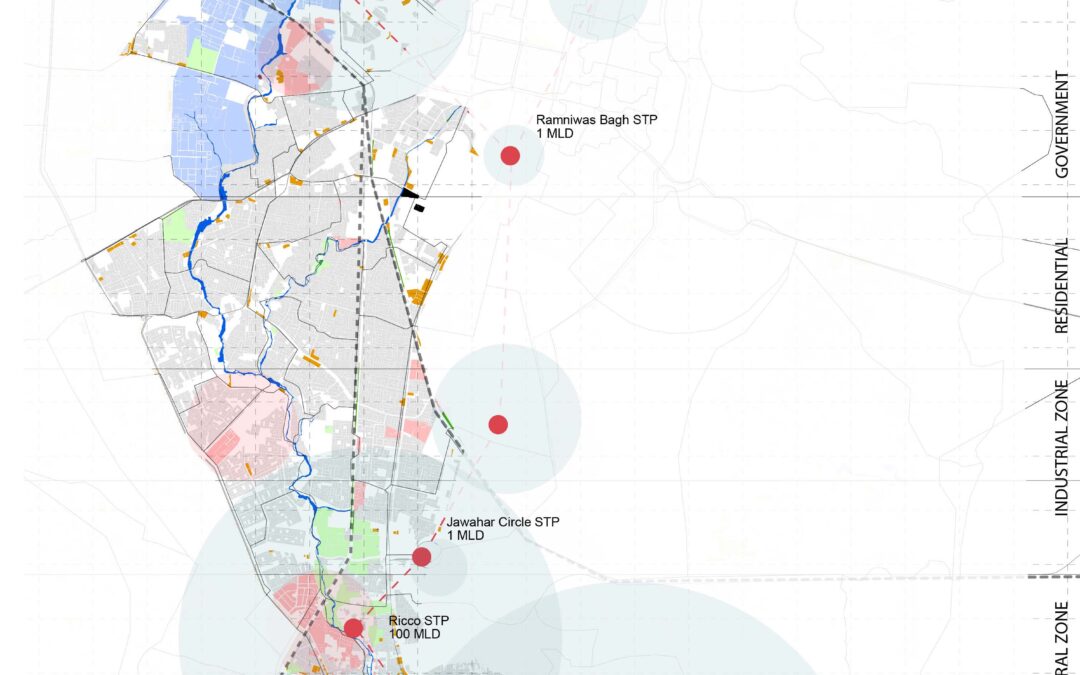
New Connection Green Corridor in the Amanisha Nala Subdrain // Fenghua Lin
This project looks at the subdrain of the Amaanish Nala, it proposes a green corridor for the city to connect both citizens and nature, and also a mobility trail for people to travel in with. The project also envisions the corridor to finish in different phases, first...
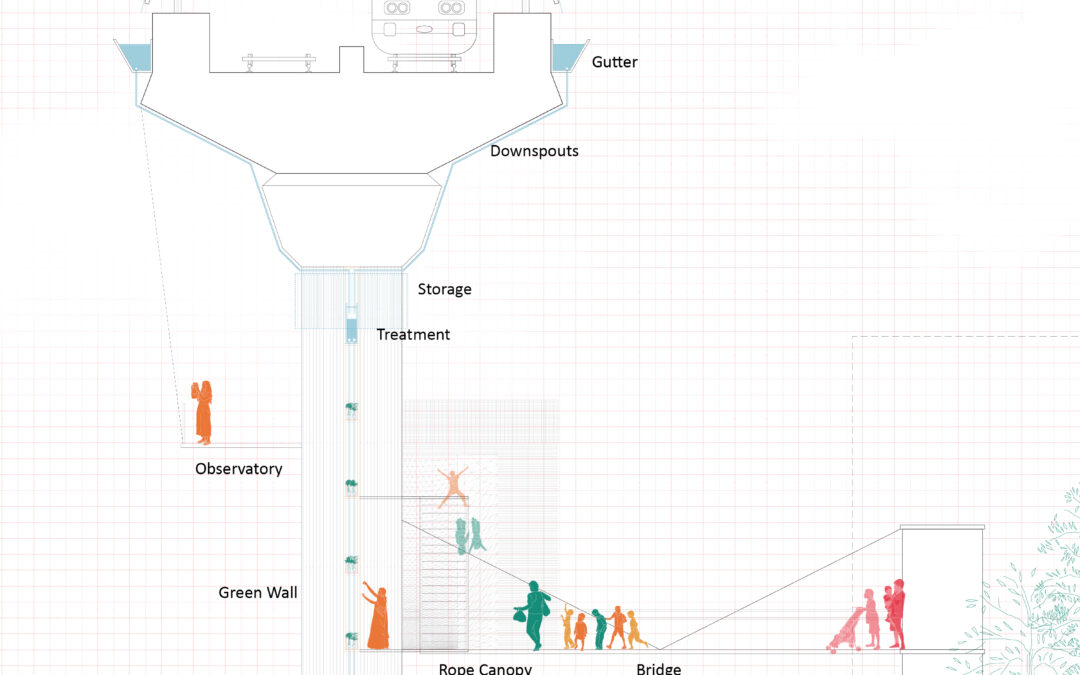
Under The Elevated // Yijie Gui & Yixuan Li
The project we worked through the semester starts from the research of the scale and condition of the current metro line in Jaipur, as well as the surrounding areas.The elevated metro line is a project done by the Jaipur Metro Railway Corporation. It was a huge...
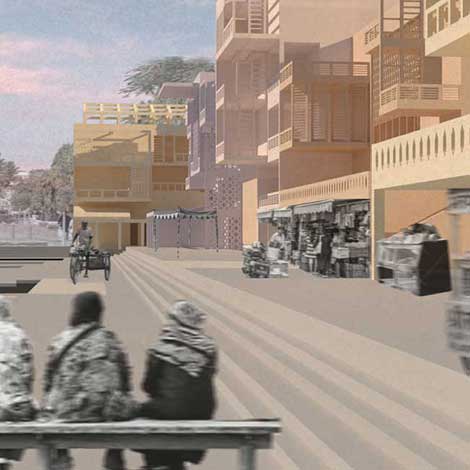
Reviving Tal Katora // Elisabeth Liberatore
Elisabeth Liberatore // Fall 2020. This project aims to revitalize and reconnect residents and tourists alike to one of Jaipur’s most iconic and historic bodies of water, Tal Katora. Centuries of rapid urbanization resulted in what once was a vibrant lake that hosted aquatic life and many visitors diminished to an open dumping site for waste and a murky eyesore in central Jaipur. The surrounding residential buildings reflect Tal Katora’s tarnished state, devoid of any opportunity to engage with the surroundings and the natural beauty Jaipur has to offer. Through building modifications at the ground floor, units, and rooftops, restructure of the wastewater infrastructure, use of plant life for phytoremediation, and creation of a stepped public walkway, Tal Katora will be restored to its glory and serve as a place of gathering, relaxation, commerce, tourism, reflection, and recreation for residents and visitors to foster a deeper connection and appreciation for the history, culture, and landscape of Jaipur.
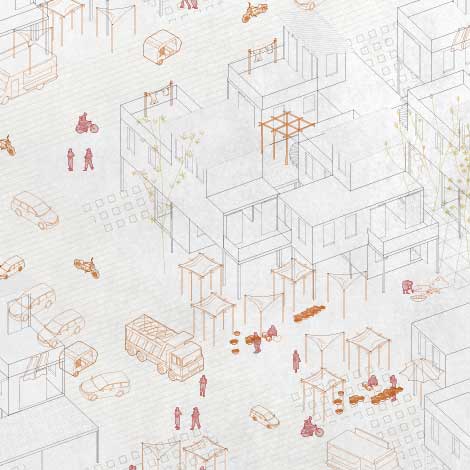
Home-Made: Connecting Local Artisans + Tourists in Historic Jaipur // Genesis Rodgers
Genesis Rodgers // Fall 2020. The manufacturing sector is the second-largest employer for residents in Jaipur, Rasjasthan, India. MY research found that traditional handicraft manufacturers are challenged by long production supply chains. Simultaneously, Jaipur’s numerous historic landmarks and shopping bazaars attract an increasing number of seasonal tourists, which is the largest source of revenue for the city’s economy. Local manufacturers and tourists become key stakeholders here. The project serves to optimize handicraft commerce by centralizing production, market exchange, and housing in the same place for artisans and their families. An urban strategy with six outdoor spaces types creates a three-dimensional matrix of public and private layers. An activated ground floor, semi-public mid-floor work courts, and extra production areas on the roof compose this interactive + productive housing community. A pedestrian pathway guides tourists explore the site and shop for handicrafts displayed on large swing-doors, or peer in to ask a question, take a picture. In this way, the architecture celebrates a return to authentic traditions, cultural experiences, [micro]economic empowerment, and domestic stability for a densely urban Jaipur.
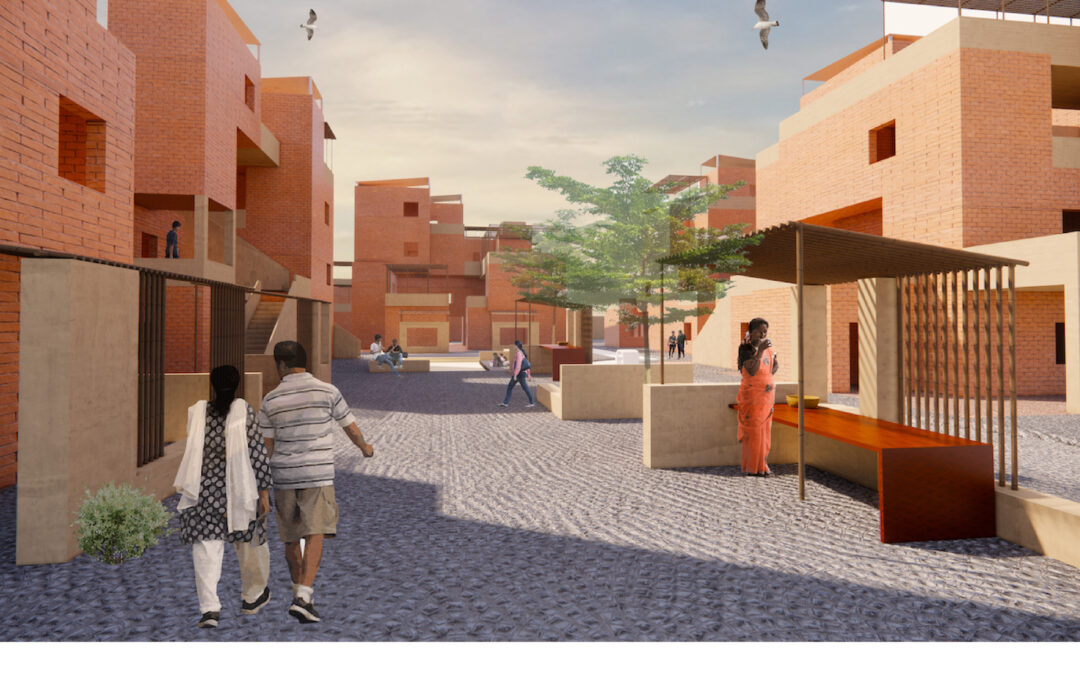
Slum Neighborhood Intervention in Jaipur // Kayla Murray & Zihe Ye
Jaipur faces a serious housing and infrastructure crisis, especially for those living in informal housing settlements, or slums as they are more commonly known by.The large slum areas in east Jaipur face problems of inaccessible transportation, basic amenities, and...

Public Transversal Axis // Jiayong Li
This project proposes a comprehensive traffic axis which benefits both local communities and tourists in Jaipur.This scheme diagram shows the structure of a North-South axis built by metro and cable car systems, and several rapid bus routes to connect the west and...
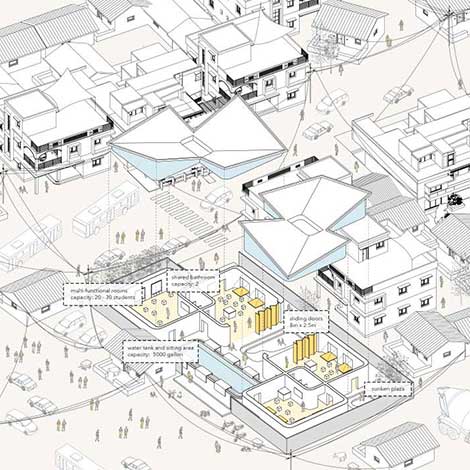
Sail of Dreams – Modularized Educational Facilities // Nancy Wang
Nancy Wang // Fall 2020. Jaipur, as a city in India, has relatively lower literacy rates than the average national record, especially for the area our project is focusing on. Furthermore, this area has high dropout rates in the lower level schools. Therefore, it is important and reasonable to create a typology for primary schools in the city of Jaipur that allows schools to be built any place needed. My ambition is to create a new space-site relationship and to establish pluralistic and balanced study-life space. Starting with small modules, I developed three indoor room collections and 4 outdoor space collections to fill the sites of different scales. My project aims to find the best way to localize a safe but convenient primary school for the community. It involves multipurpose spaces that provide educational assistance for not only students but also teachers. At the same time, the project takes the energy efficiency into consideration by using a sloped rooftop to collect rainwater and store it underground for future use.
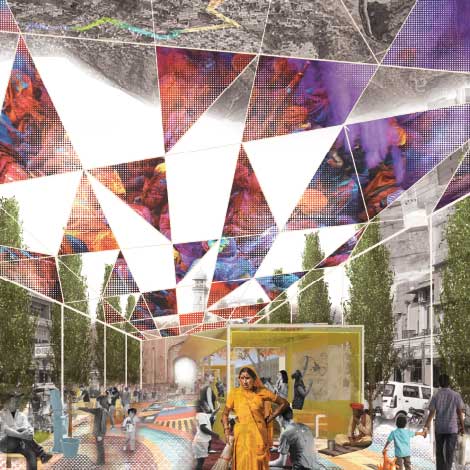
A Reconnected Urban Fabric // Alejandro Di Napoli + Emily Zekany
Alejandro Di Napoli + Emily Zekany // Fall 2020. Re-imagining the typological streetscapes of Jaipur through a series of small-scale interventions that aggregate to form a larger collective…In India, the city street can be considered an URBAN COMMONS—a place where people buy, sell, socialize, congregate, celebrate, and rest. Here the boundaries between work and home, public and private, formal and informal are blurred. How can we celebrate the natural vibrancy of Jaipur with a proposal for a new urban corridor that stitches together the urban fabric of the city while providing an informal hierarchical organization of space? This proposal establishes a series of low-tech interventions that can be prototyped & implemented to aggregate into a larger processional corridor experience, while capturing, amplifying, celebrating, & formalizing all the vibrant qualities of India’s streets. This project also establishes a collective sense of agency and ownership of the city at large.
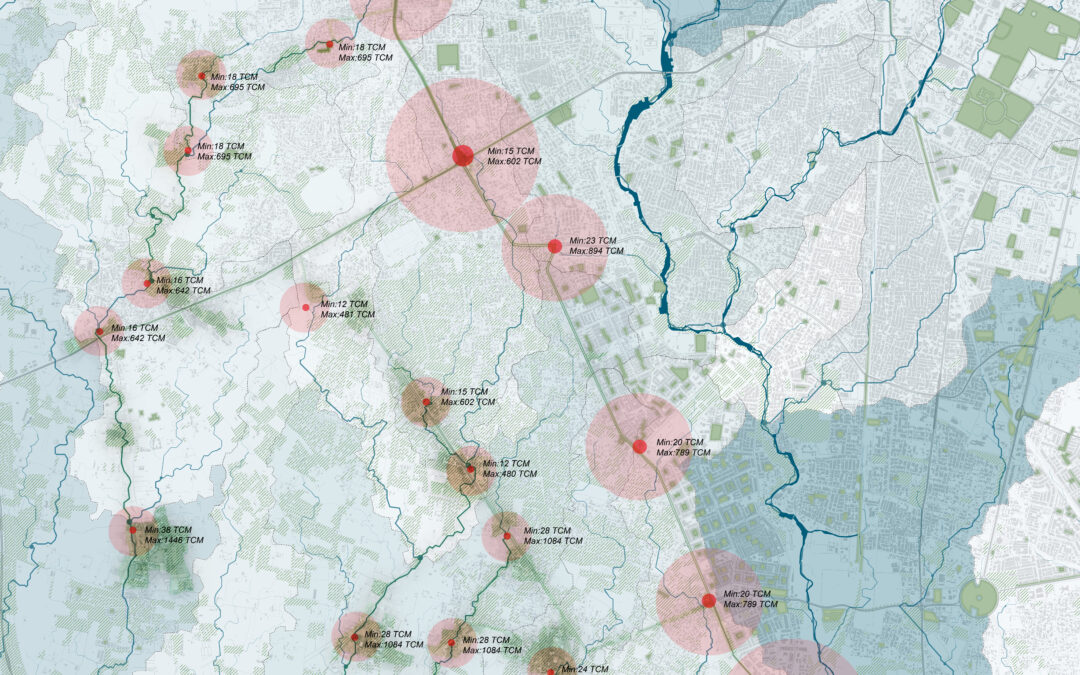
Reinterpreting Jaipur’s Urban + Agricultural Edge // Fanke Su, Oliver Church & Joonas Castren
Our project is an investigation of Jaipur’s urban-rural edge. We began by cataloging and analyzing the existing spatial conditions of this boundary. As revealed in our mapping ,we realized that the North-South oriented NH-52 acts as a hard separator of the urban...
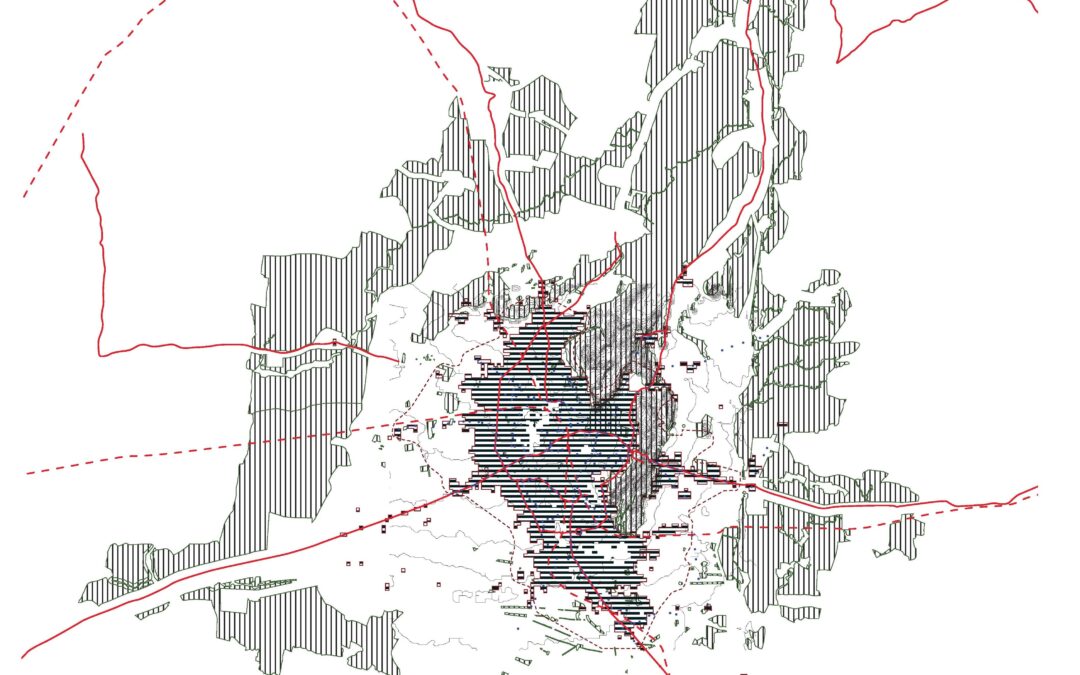
Prototype Implementation in Bindayaka // Belinda Chau
The peri-urban community hub prototype represents a magnetic force that serves the people from the Bindayaka community but also attracts people from the adjacent rural area to get primary essential services and people from the urban city center of Jaipur to come and...
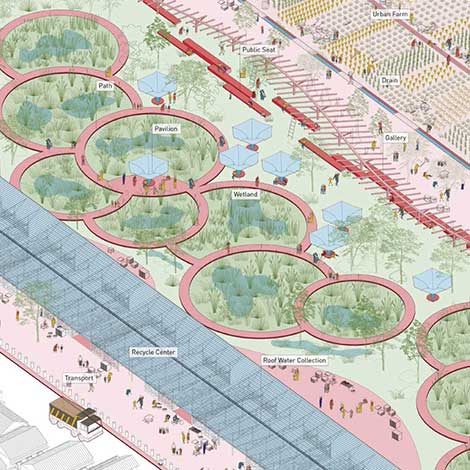
Green Convergence: Resilient Corridor for Jaipur // Xuefei Yang + Chaoming Li
Chaoming Li + Xuefei Yang // Fall 2020. Jaipur, the capital and the largest city of the Indian state of Rajasthan, has faced many of the problems associated with population growth in its rapid development, such as water shortages, untreated sewage and heavy solid waste pollution. The site we are working with is along Mount Rd, an important road between Aravalli Hills and slums, connecting the northern and southern part of the city. By creating an ecological corridor with a circulatory system for both water and waste, we collect and decentralize solidwaste and waste water from the surrounding slums, including creating rain gardens to collect and purify runoff, establishing underground sewage system to reuse, building infrastructures to meet residents daily needs, etc. Upon enhancing city resiliency through combining different system into one and increasing area of green space, we also consider its potential economic value, such as tourism and food production, which is also one of the biggest potential focal points of Jaipur.
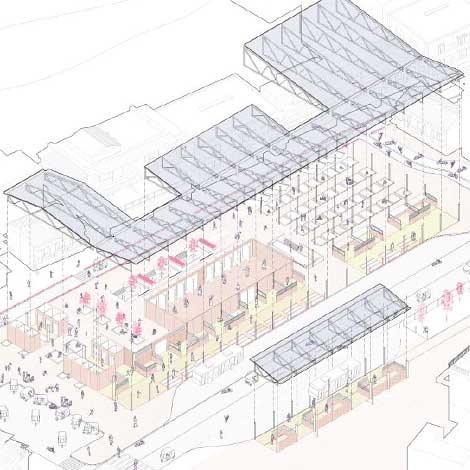
A Connective Tissue for All: Public Transportation System Design for the Slum Area in Jaipur // Tommy Xia
Chenyang Xia // Fall 2020. The Connective Tissue for All projects aims at establishing prototypical bus station models for safer transit experience and integration between theslumneighborhoods alongAravali Hills in Jaipur. The synergies of sites would provide convenient access to basic amenity services, with a few serving as major community spaces. The design would feature steel framed structures with cross ventilation on the East-West side, and rain pipes for monsoon seasons along with on-site water collection systems. The transit area will feature a linear order with elevated waiting and seating area, covered by steel roofs duringboarding experiences, while other services are connected to it as wings, such as public toilets and market stalls,thatare primarily for local residents. Multiple trafficways and parking areas are designated for better mobility access. The bus stations would then serve as the connective tissue between local residents and transit users, as well as the slum neighborhood and the whole city of Jaipur.
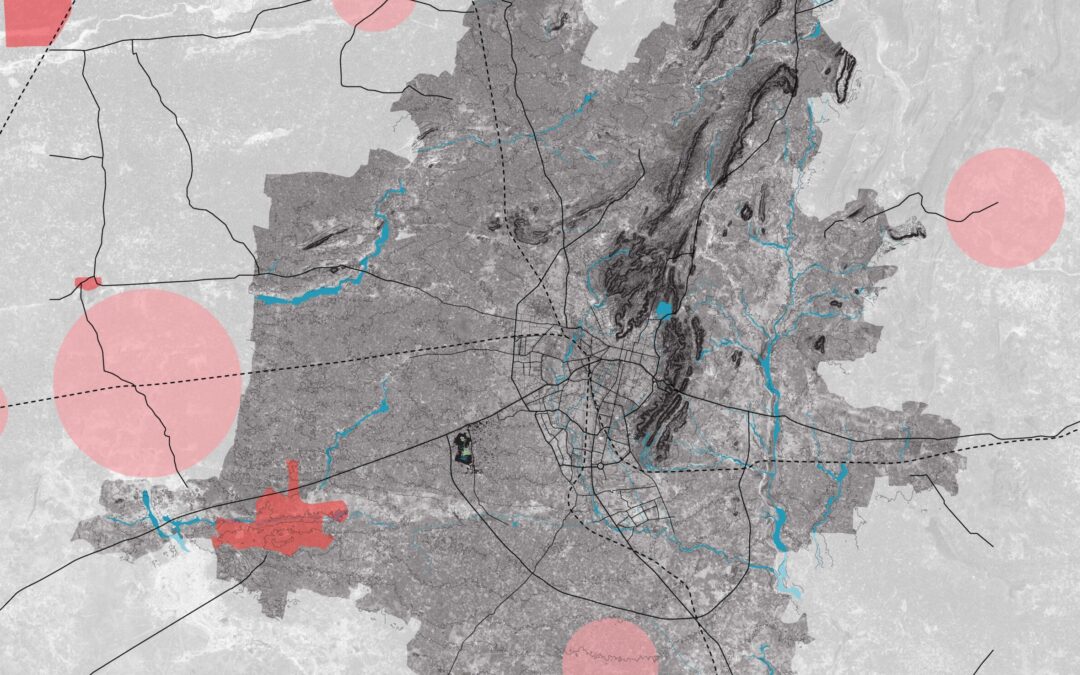
Bhakrota Watershed Park // Sean Fowler
The Bhakrota Watershed Park is a response to the climate crisis in Jaipur, Rajasthan, India.Drought conditions in the region, a growing population and continued urbanization have taxed the water system to the point almost a third of the city’s water needs are not met,...
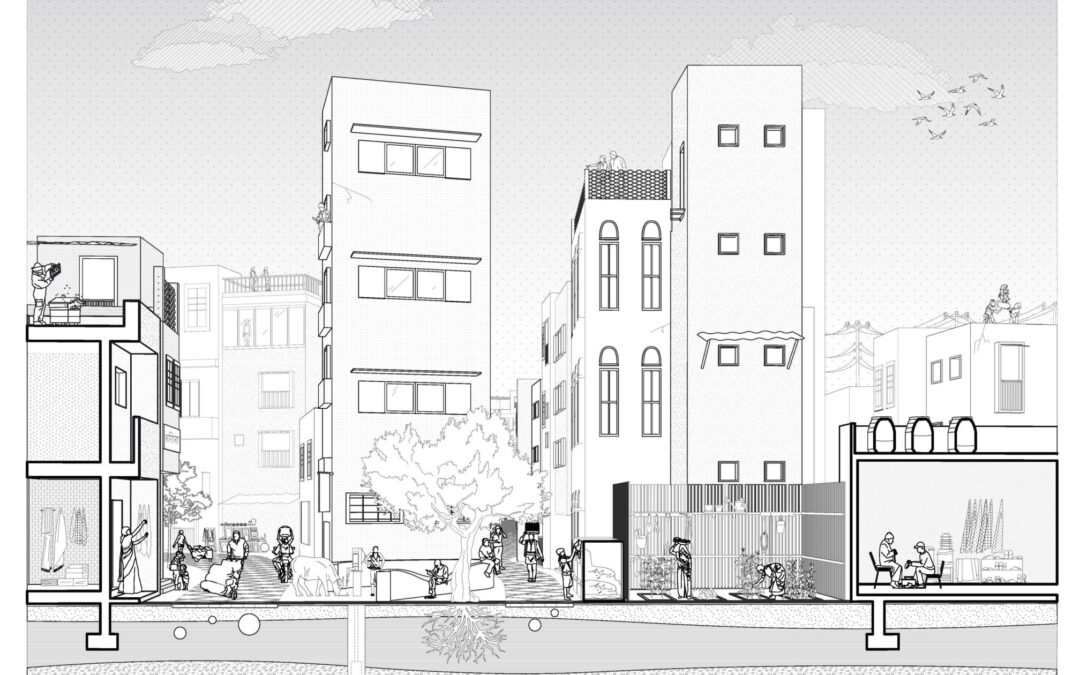
Reinvigoration Of Jaipur’s Urban Fabric // Hayley Burroughs
This study began as an examination of the variety of socioeconomic statuses found within Jaipur and was further conducted with the hope of revealing inequities in access to resources plus issues related to privilege, power and control. Careful consideration was given...











